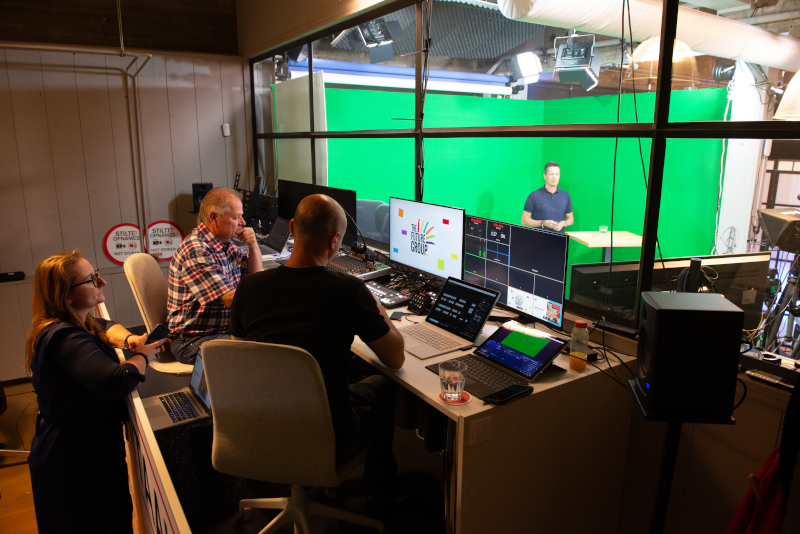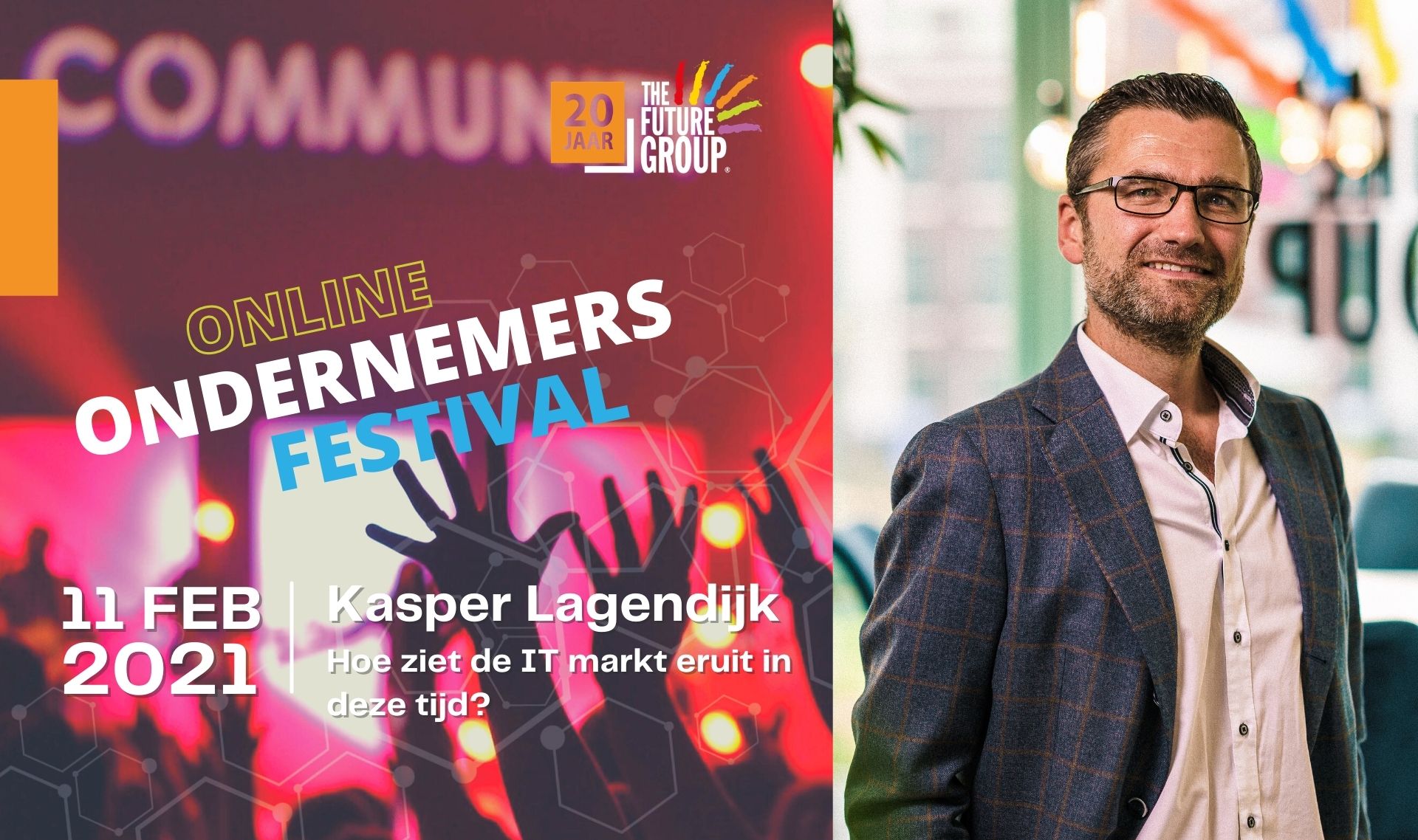Blogs
Onze nieuwsberichten

Betaal- en beveiligingssystemen voor mobiliteit - Scheidt & Bachmann ondersteunt haar klanten met systemen [...]

In een tijd waarin steeds meer IT-professionals de sprong naar zelfstandigheid overwegen, komt deze [...]
Als ervaren IT-professional sta je op een kruispunt: blijf je in loondienst en geniet [...]
Onze ondernemers berichten

De wereld ziet er door de coronacrisis natuurlijk heel anders uit en ook de [...]

LinkedIn is erg belangrijk voor jou als IT zzp’er, of je nu net start [...]

LinkedIn LinkedIn is op zakelijk gebied een heel krachtig hulpmiddel om gemakkelijk je weg [...]
Contact
Heb je nog vragen over het zelfstandig ondernemen in de IT? Neem dan contact met ons op via het onderstaande formulier. Ons team staat klaar om je te helpen met al je vragen. Vergeet ook niet onze handige ZZP calculator te gebruiken om je start als ondernemer nog succesvoller te maken!






